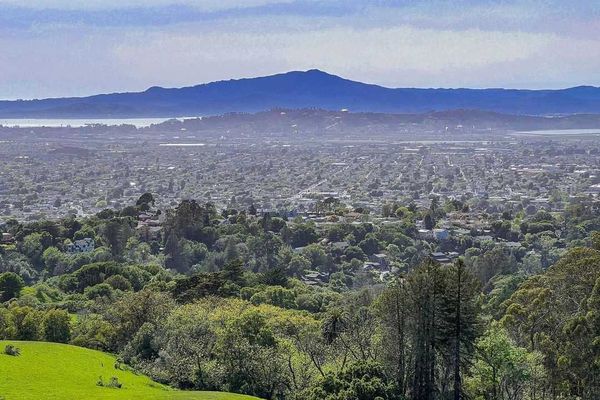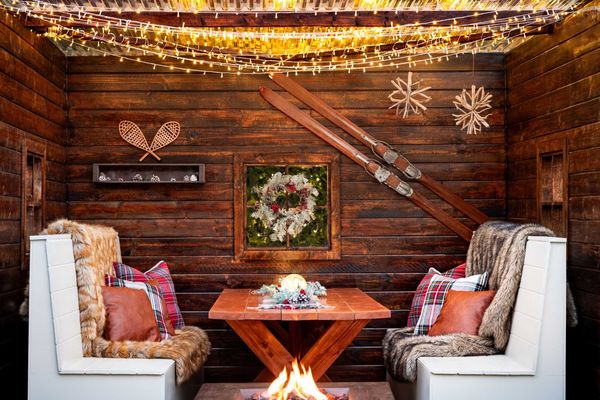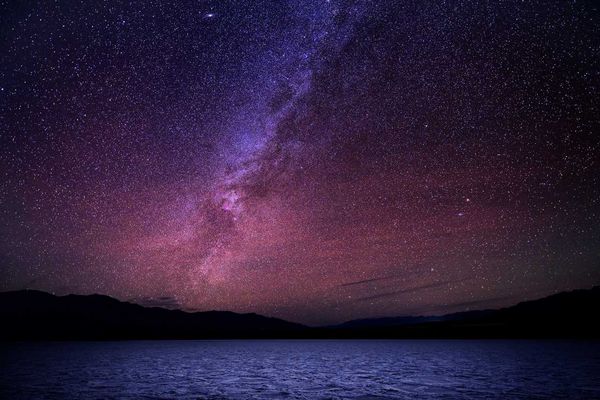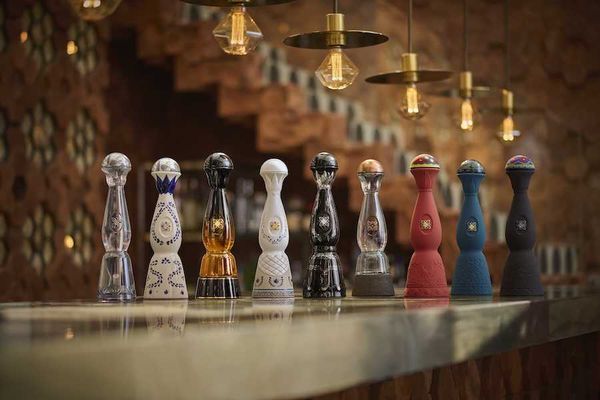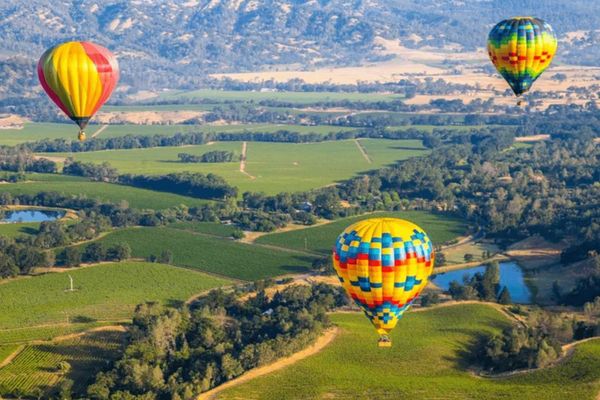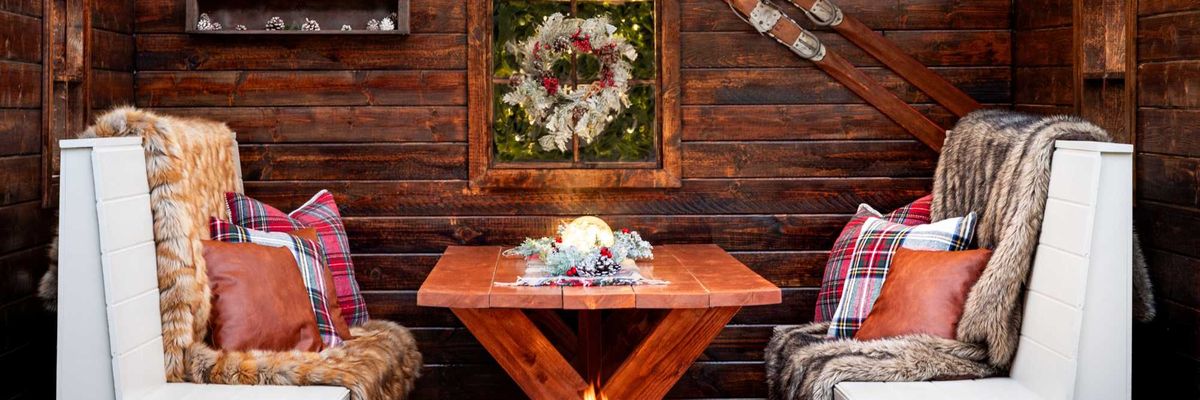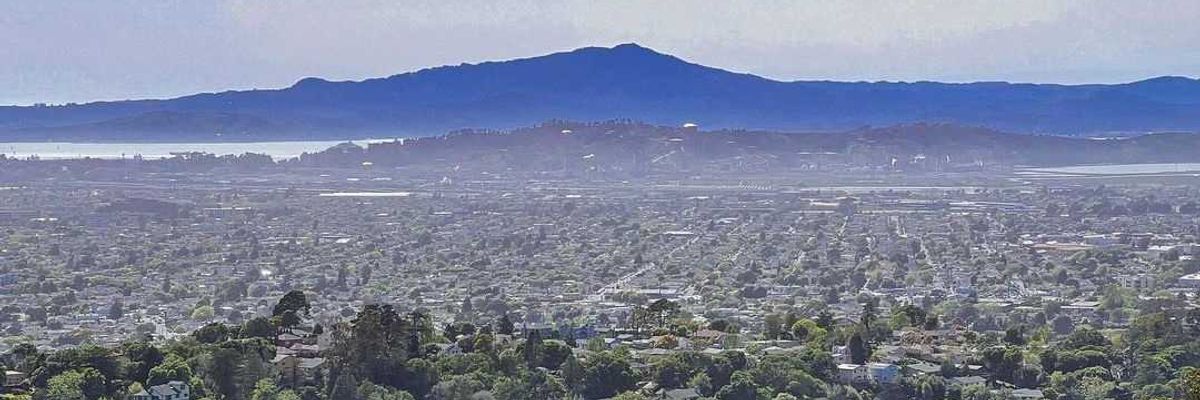We had the opportunity to chat with McSweeney's publisher Oscar Villalon about the San Francisco Panorama, available tomorrow, and the future of print and newspapers. For more info on where to buy the Panorama, including the on-street newsies, click here. Q&A after the jump.
7x7: Where did the idea for the Panorama came from?
Oscar: I think it developed back in January, sort of Dave's [Eggers] brainchild. But essentially it was about, given the sorry state of the newspaper industry and how people seem to have more or less given up on any hope for newspapers in terms of surviving as a medium, just started kind of exploring the idea, you know, what would it be — what could they possibly do, what could they possibly offer that might make them more appealing? The sort of thing that people would— particularly young people, they would want to subscribe to. So it started with that, and polling some of the interns here, and it just kind of grew, and one thing led to another, and here we are.
7x7: So is it kind of an attempt to inspire the newspaper industry to reinvent itself?
OV: Well, you know, I think it's a few things. One is it's an homage to the newspaper world and to newspapers themselves, Two, we're hoping that we kind of do some interesting things with it, interesting enought that perhaps newspapers feel like they can borrow some of the stuff, or it can spur their own creativity and kind of push them towards fleshing out whatever ideas they've already had. I think you know creativity and being innovative is going ot be key in going forward. And we're not saying in any way that we're the definitive way to do this, but we're just saying that, you know, here's sort of our, kind of like our crazy attempt at it or our best shot at it, and you guys are the professionals, hopefully you can take from this what's useful and make really just great things.
7x7: You came from the Chronicle, right?
OV: Yeah.
7x7: Does any of your experience working there, at a traditional newspaper, has any of that weighed in on the way that you've designed this?
OV: No, not really. I mean... no. I would say not from my own personal side. But Dave, he started at the Chronicle too, working in, I think the promotions department, but he's certainly spent a lot of time around magazines and with print so a lot of it is from his own experience around that. But you know, like myself and the other journalists around here and elsewhere, we certainly picked our brains in terms of what might work and what might not.
7x7: Are there any artists or writers that you're particularly excited to have on board for this?
OV: Oh, there's a whole bunch, but Stephen King comes to mind for his coverage of the World Series. I really like Andrew Sean Greer's piece about NASCAR and going up to see a race with his husband up in Michigan, that was really nice. There's a great piece on Afghanistan, from J. Malcolm Garcia about the elections. That's also good stuff. And of course our ginormous Bay Bridge coverage, basically about the cost overrun of the bridge.
7x7: So as someone who has worked in newspapers and is now working at kind of an untraditional print publication, do you think that print is really dying?
OV: Do I really think print is dying?
7x7: Yeah.
OV: No. I don't think at all. I think there will always be a place for the printed object. The question is will it be in as many numbers as it was before? Possibly not, but just because there's fewer people accessing it doesn't mean that it's on its way out. You still have significant numbers of people who want to see print product, despite whatever the online numbers are.
7x7: And what about newspapers specifically?
OV: Well, I mean books for sure, I have no doubt that books in printed form are not going anywhere. Newspapers, I think, kind of the same thing. Here's the thing: clearly, the websites for like the New York Times, the Chronicle, the LA Times, have huge numbers, gargantuan numbers. Well the majority of that content that people are going to online is from the print side, and it's only through the print side because the print side is still the only part of the newspaper that still generates revenue, through ads... What that tells me is that clearly that until there's a business model that works for online, you're going to have to have the printed side. So it makes sense to be as creative and as innovative and invest as much as you can in that side if that's what's keeping your business afloat. Again, this is pending a business model that makes online pay well.
7x7: Right, which is the one thing that everybody keeps asking about that nobody can seem to come up with.
OV: Yeah, I really don't know the answer.
7x7: If there's just one thing you want people to take away from this project, what would it be?
OV: That it's a labor of love on our part and that it's more than anything a salute to newspapers and that we're just hoping that people are going to enjoy it, that they're gonna be thrilled to have it, and that it's going to hopefully make them think a little more differently about not only what newspapers can do but what they already do, because they're just doing such incredibly good work and they do have—despite all the layoffs, despite all the cuts—great writers and great content.
7x7: I know that all of the material says it's a one-time only thing, but if it goes really well is this something that we might see again maybe in five years, maybe in ten years?
OV: Oh, ten years, ah! Uhhhh... it depends. I don't know. First I think we all have to sleep and then we'll figure it out.



